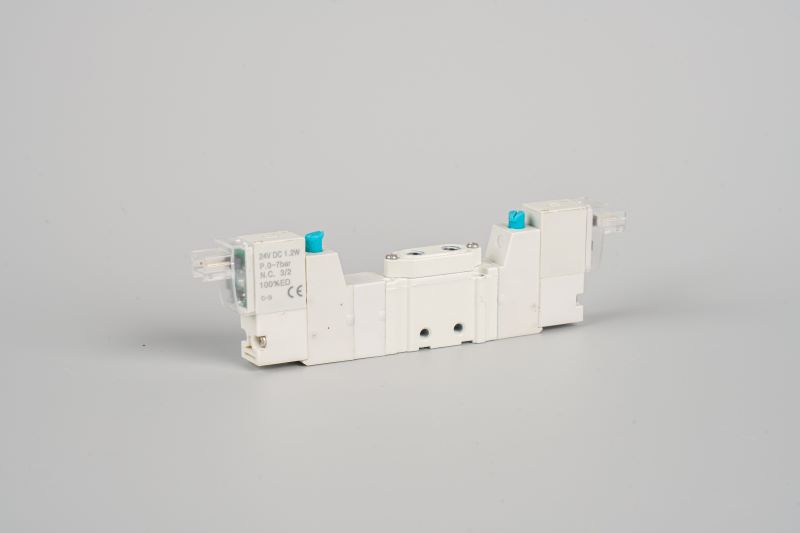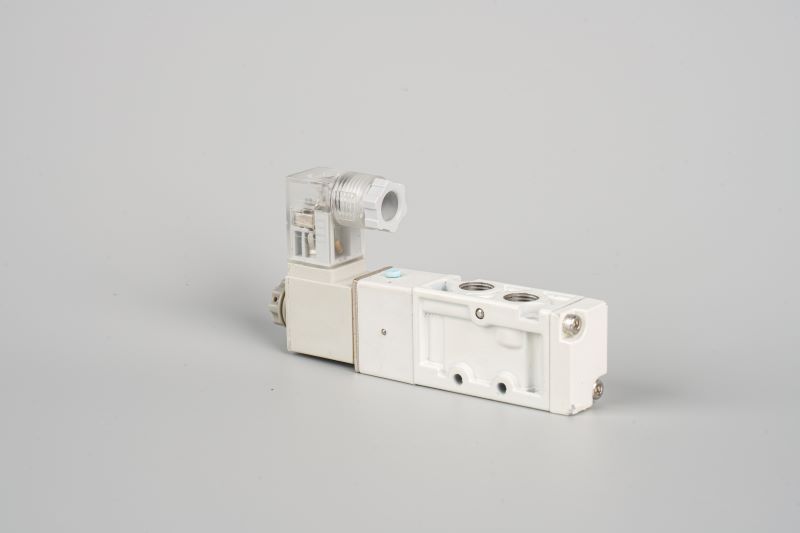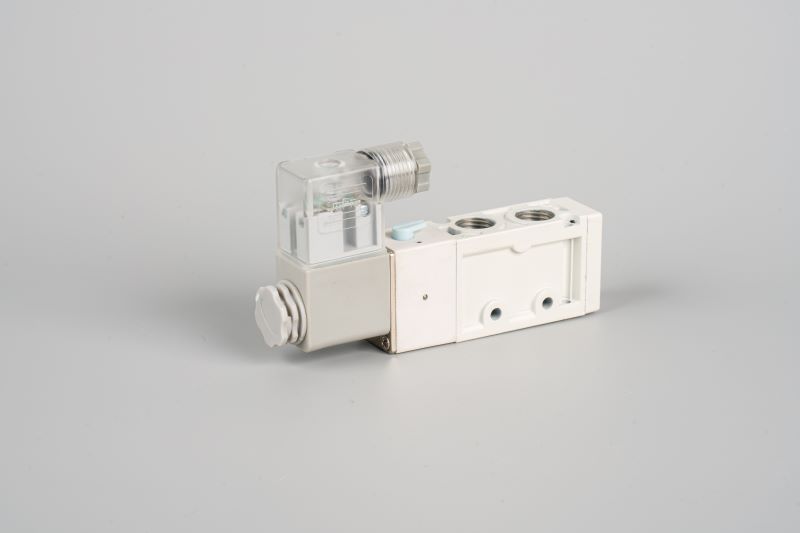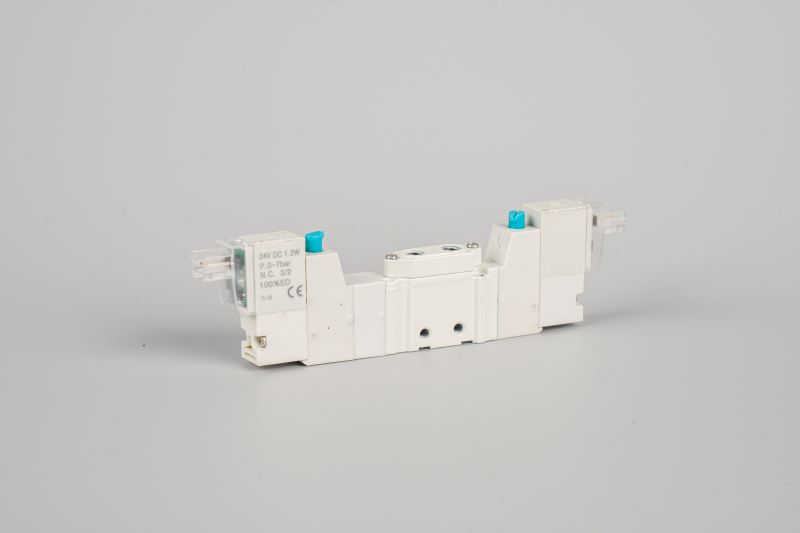Brass Solenoid Valve
Send Inquiry
Brass Solenoid Valve Normally Closed
Basic StructureThe brass solenoid valve typically consists of the following components:Valve Body: Made of brass, which provides excellent corrosion resistance, durability, and thermal conductivity.Valve Core (Plunger): Moves within the valve to open or close the flow path.Electromagnetic Coil: Generates a magnetic field when energized, which drives the movement of the valve core.Spring: Returns the valve core to its default position when the coil is de-energized.Seals: Ensure leak-proof operation and are often made of materials like PTFE or rubber for compatibility with various fluids.
Specification Of brass solenoid valve :
Working Pressure:
Off load 50/sec

Valve function:
5/2
Medium:
Air
1.5-7bar
Voltage:
DC 24V
Protection Insulation class
H
Protection Class
IP65
Power:
1.2W
Maximum Operating Frequency
Power Connector Style:
L style
Working Temp:
-10℃~+50℃
Working Life:
>30 million
Product Feature:
1-Excellent sealing performance, effectively preventing fluid leakage.
2-Rapid response, capable of completing opening and closing actions in a short time.
3-Due to the use of brass material, it exhibits good wear and corrosion resistance, resulting in a longer service life.
Product Applications:
1-In the field of industrial automation, brass solenoid valve is used to control the flow of liquids and gases, enabling automated control of production processes.
2-In HVAC (Heating, Ventilation, and Air Conditioning) systems, brass solenoid valve regulates the flow of hot or cold water or gases.
3-In the petrochemical industry, brass solenoid valve participates in the precise control of pipeline fluids.
Future Trends:
Brass solenoid valves are evolving with advancements in technology:Smart Valves: Integration with IoT for remote monitoring and control.Energy Efficiency: Improved coil designs to reduce power consumption.High-Performance Materials: Enhanced materials for extreme temperatures and pressures.Miniaturization: Smaller valves for compact systems without compromising performance.
















